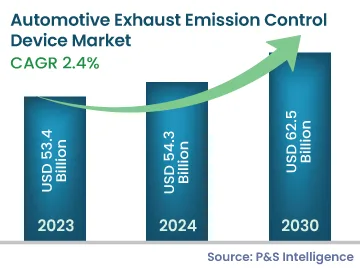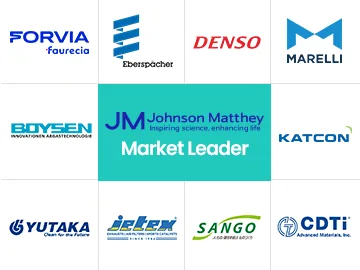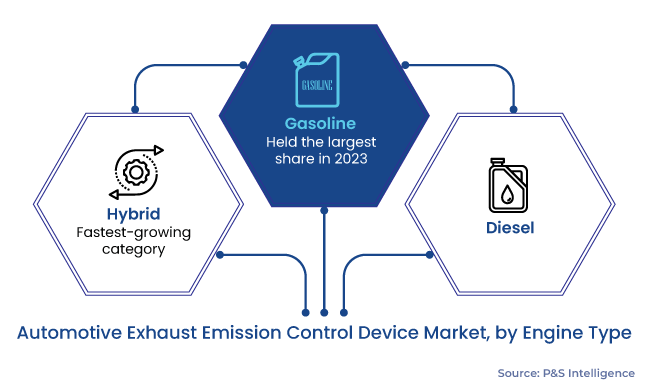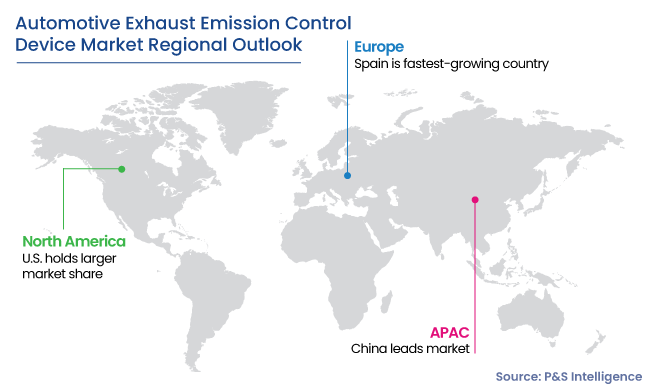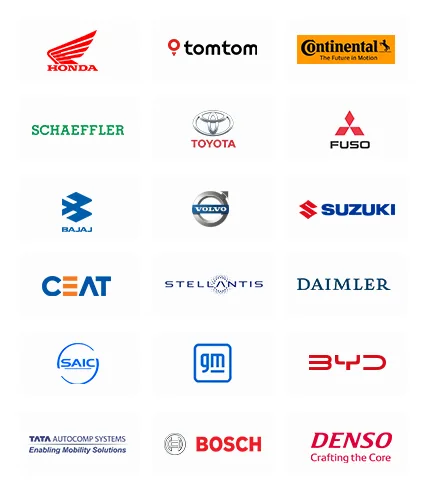Automotive Exhaust Emission Control Device Market Analysis
The automotive exhaust emission control device market generated revenue of USD 53.4 billion in 2023, which is expected to witness a CAGR of 2.4% during 2024–2030, to reach USD 62.5 billion by 2030. The market is driven by the increasing number of vehicles, rising levels of air pollution, government mandates to control vehicular emissions, and surging awareness of the health effects of breathing polluted air.
Emissions from vehicle engines are reduced significantly before being released into the environment by emission exhaust systems. A major element of this system is usually a catalytic converter, which assists in altering the toxic gases into less-harmful ones through rigorous chemical processes. After being extracted from the engine cylinders, the expelled gases are directed into the exhaust systems by the exhaust system manifold. These components working together reduce the pollutants.
As per the National Automobile Dealers Association (NADA), the sale of light commercial vehicles (LCV) numbered 13.7 million units in 2022. It had further projected that the sale of new vehicles would reach 14.6 million units in 2023, depicting a 6.6% rise from 2022.
The growth of the automotive sector, marked by rising global internal combustion engine (IC) vehicle sale and production, has an immediate influence on the need for efficient automotive exhaust emission systems.
The Environmental Protection Agency (EPA) announced in April 2023 that it would be implementing stricter emissions rules starting with model year 2027, with an aim of drastically reducing the emission of dangerous air pollutants in the environment through new and innovative technologies. The EPA’s previously set federal greenhouse emission criteria for passenger automobiles and light trucks for model years 2023 to 2026 have been broadened and strengthened by this proposal.
The usage of clean automobile technologies is envisioned to provide the American public with a number of benefits, such as the reduction in pollution, improvement in public health, and financial benefits from the lower fuel utilization and maintenance costs. These standards will be progressively introduced throughout the 2027–2032 model years.
